Goya. The Rebellion of Reason
The project Goya. The Rebellion of Reason, staged at the Royal Palace, pays tribute to the Spanish genius with an exhibition that recounts, through paintings, engravings and copperplates, the world of Francisco Goya.
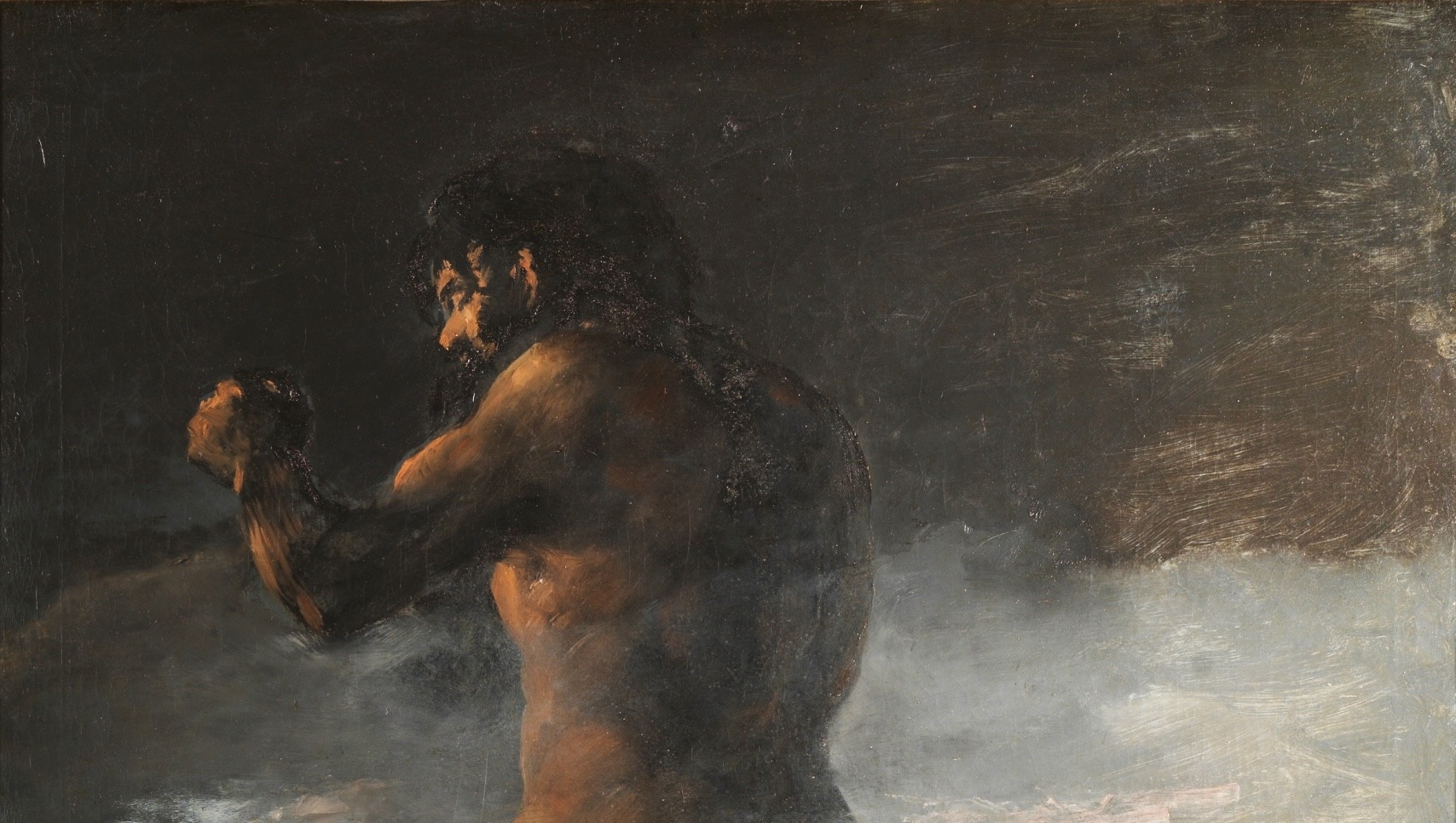
The exhibition, sponsored by the City of Milan-Cultura and realized in collaboration with the Real Academia de Bellas Artes de San Fernando in Madrid, presents a broad overview of the artist, exploring his experience of History, his artistic vision, his thought and his ideology. The selected works reflect the evolution of his art, highlighting the themes Goya tackled, but also offer insight into the man and the socio-historical context that, with its instability and violence, profoundly influenced his artistic and intellectual sensibility. The exhibition is curated by Professor Víctor Nieto Alcaide, Academic Delegate of the Museum, Chalcography and Exhibitions of the Real Academia de Bellas Artes de San Fernando, Madrid.
The exhibition is distinguished by its original concept: in addition to presenting a selection of paintings, the itinerary also displays some of Goya’s most emblematic engravings, flanked by the original copper plates that established the master as one of the greatest innovators of this art.
In the first rooms of the exhibition, visitors can admire Goya’s outstanding works as a court painter, including portraits of royalty, marquises, counts and illustrious figures of the time, many of them linked to the Enlightenment movement. Alongside these paintings, there are also depictions of the society of the time, such as the famous scenes of children playing or the intense paintings devoted to bullfighting, which offer food for thought on daily life and popular Spanish traditions.
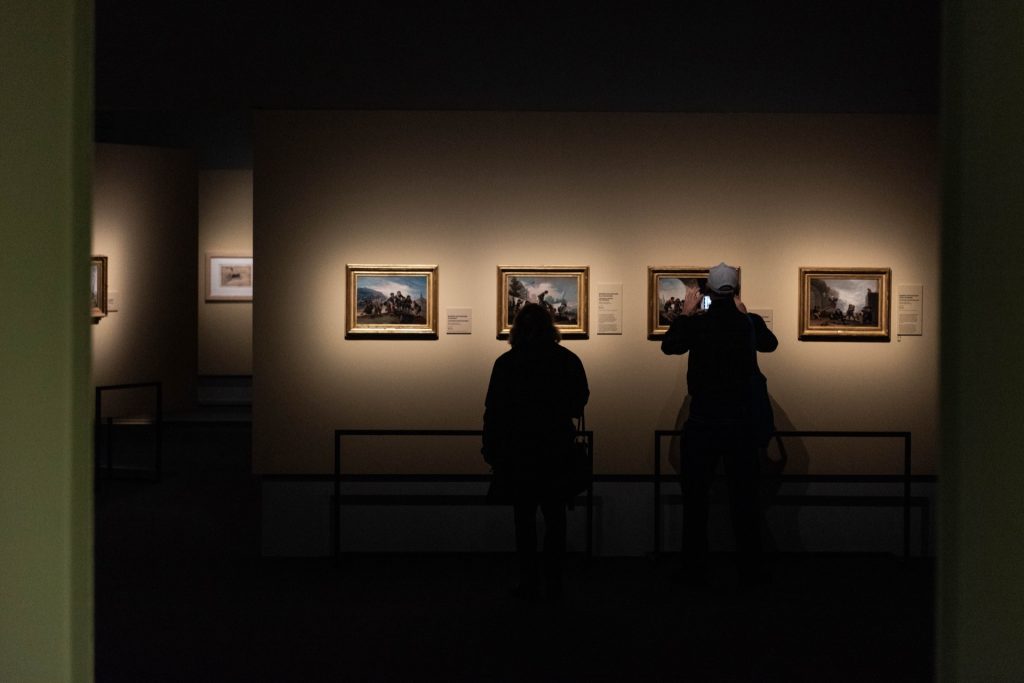
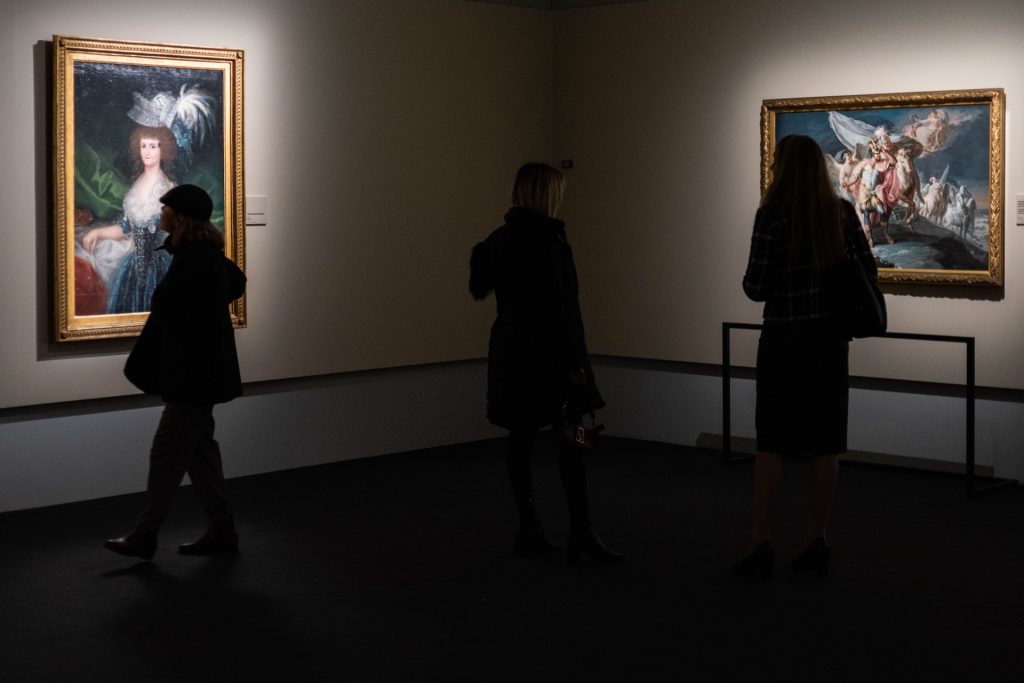
Examples of this in the exhibition are the famous series Juegos de niños, where very strong is the focus and a kind of “participatory description” of the humble, the children, the workers, or the etchings and paintings with the theme of bullfighting, such as Las mulillasoThe dragging of the bull where Goya’s critical thinking emerges towards not only a popular and bloody spectacle such as the killing of the bull, but a veiled yet effective criticism towards. These works offer a fascinating contrast between the world of the aristocracy and that of the people, revealing the versatility and depth of Goya’s genius.
The series of etchings, shown in the exhibition, represented a free form of expression for Goya that found no place in commissioned paintings, which were often bound by court rhetoric or traditional themes. It was in etchings that Goya was able to express his deepest and most authentic thought, and it is in this section of the exhibition that these works find special appreciation. Printmaking as an artistic technique has the privilege of being reproducible, as a “copy” of the original. However, it is the copper matrix that represents the authentic work of art, from which the engraving comes to life. For this reason, the opportunity to admire the original copper matrices of some of his most famous etchings, restored and restored to their former glory, is a unique occasion, to be experienced with great respect, given also the delicate process of moving these precious artifacts from the warehouses of the Real Academia’s Institute of Chalcography.
Goya’s etchings, so intimate and personal, were intended for an audience that shared his ideological vision, making these works all the more powerful in their ability to elicit complicity and reflection.
Beyond the exhibition: the cultural and educational palimpsest
To enrich the exhibition experience, a program of lectures, music and insights was organized, sponsored by the Spanish Embassy’s Tourism Office and the Cervantes Institute in Milan. The initiative included marketing activities that promoted Goya-related places, such as Aragon and Madrid, throughout Milan. The Milan Philharmonic offered three free concerts at the Royal Palace, while the Cuarteto Quiroga concluded the exhibition with a concert-event.
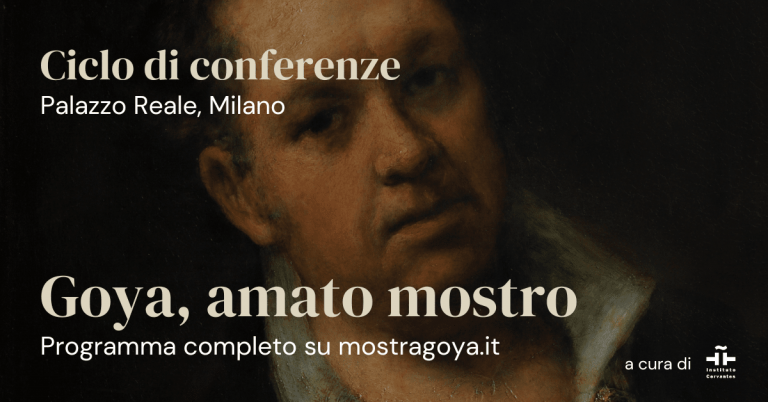
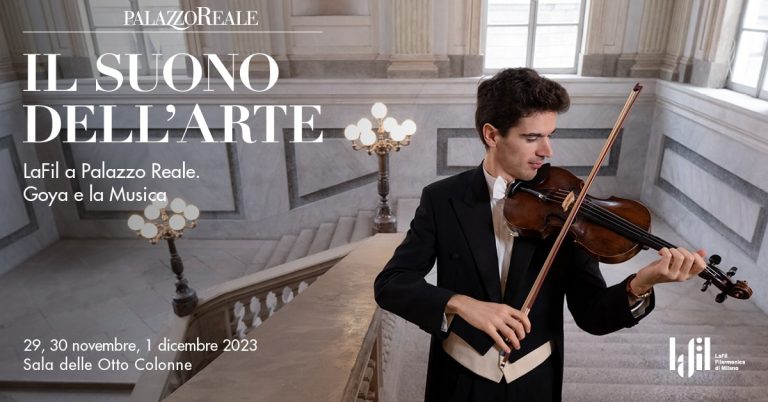
A diversified educational proposal accompanied the exhibition, with children’s workshops, family activities, and guided tours that included sensory games and in-depth study of Goya’s themes.
In addition, a rich publishing project, including the official catalog, a monograph by Stefano Zuffi, and the graphic novel Francisco Goya. The Temptation of the Abyss. by Otto Gabos. These volumes, available in the bookshop and online, complemented the exhibition experience by delving into Goya’s language and life.
-
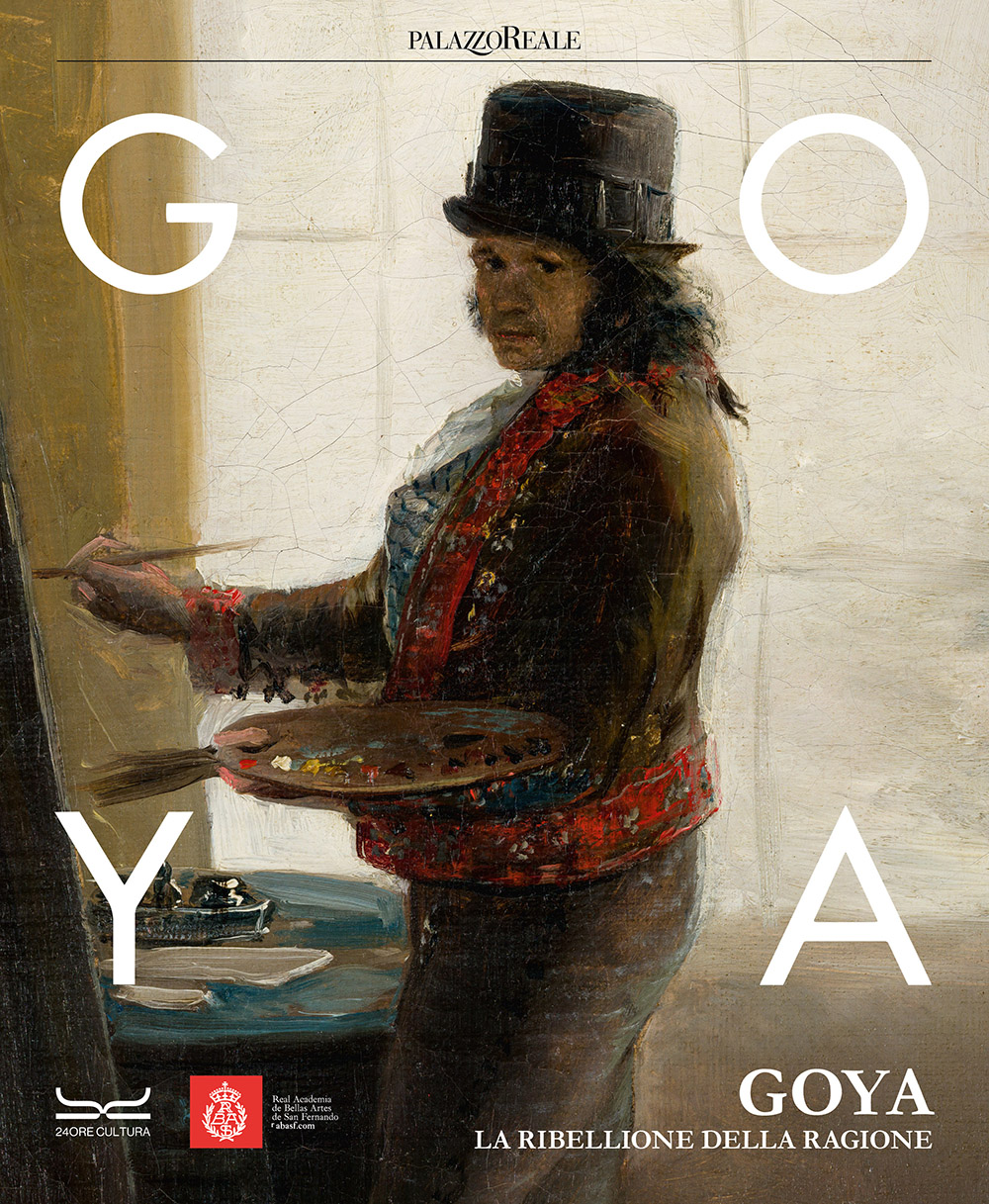
Goya. La ribellione della ragione
Edited by Víctor Nieto Alcaide
-
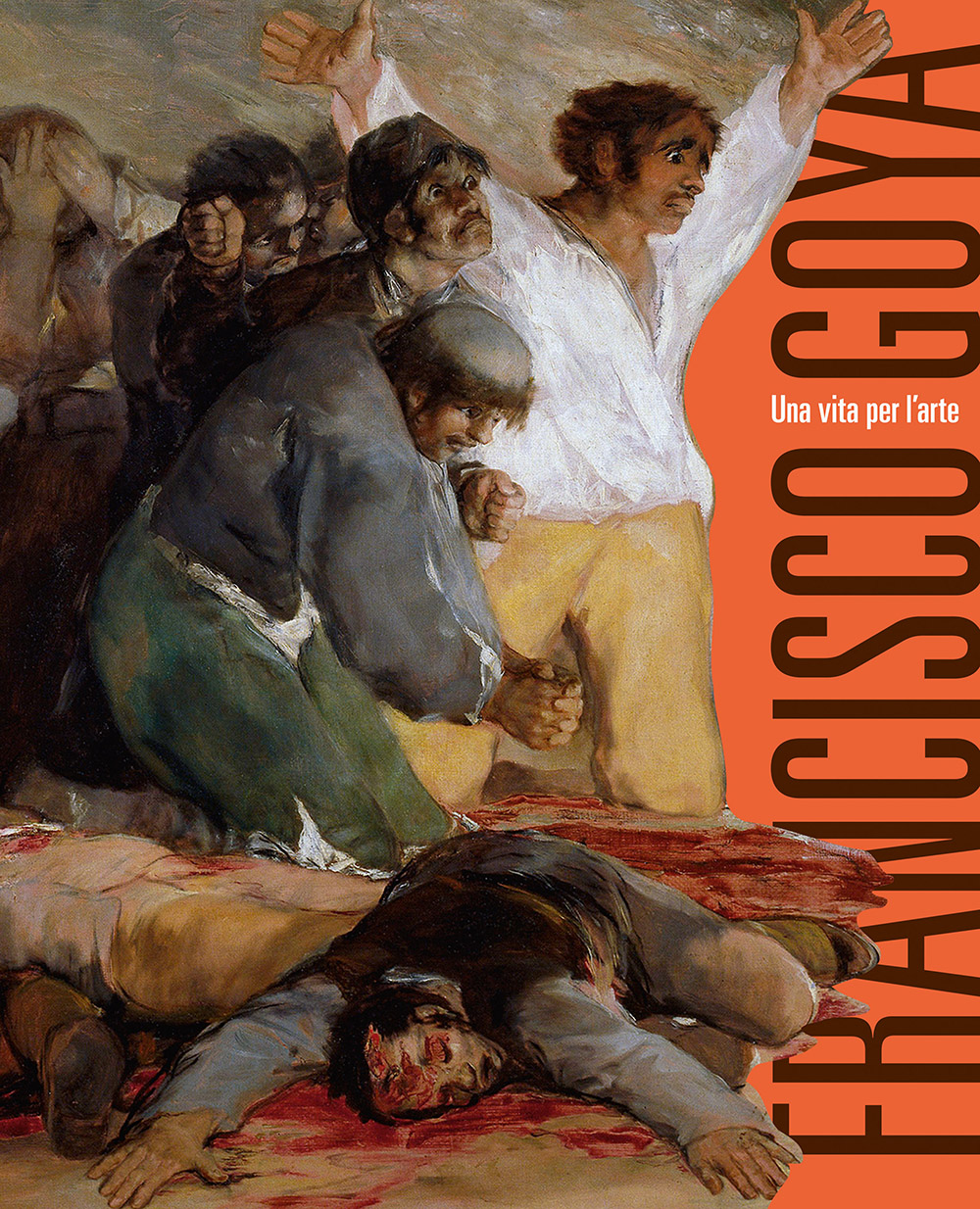
Francisco Goya. Una vita per l’arte
by Stefano Zuffi
-
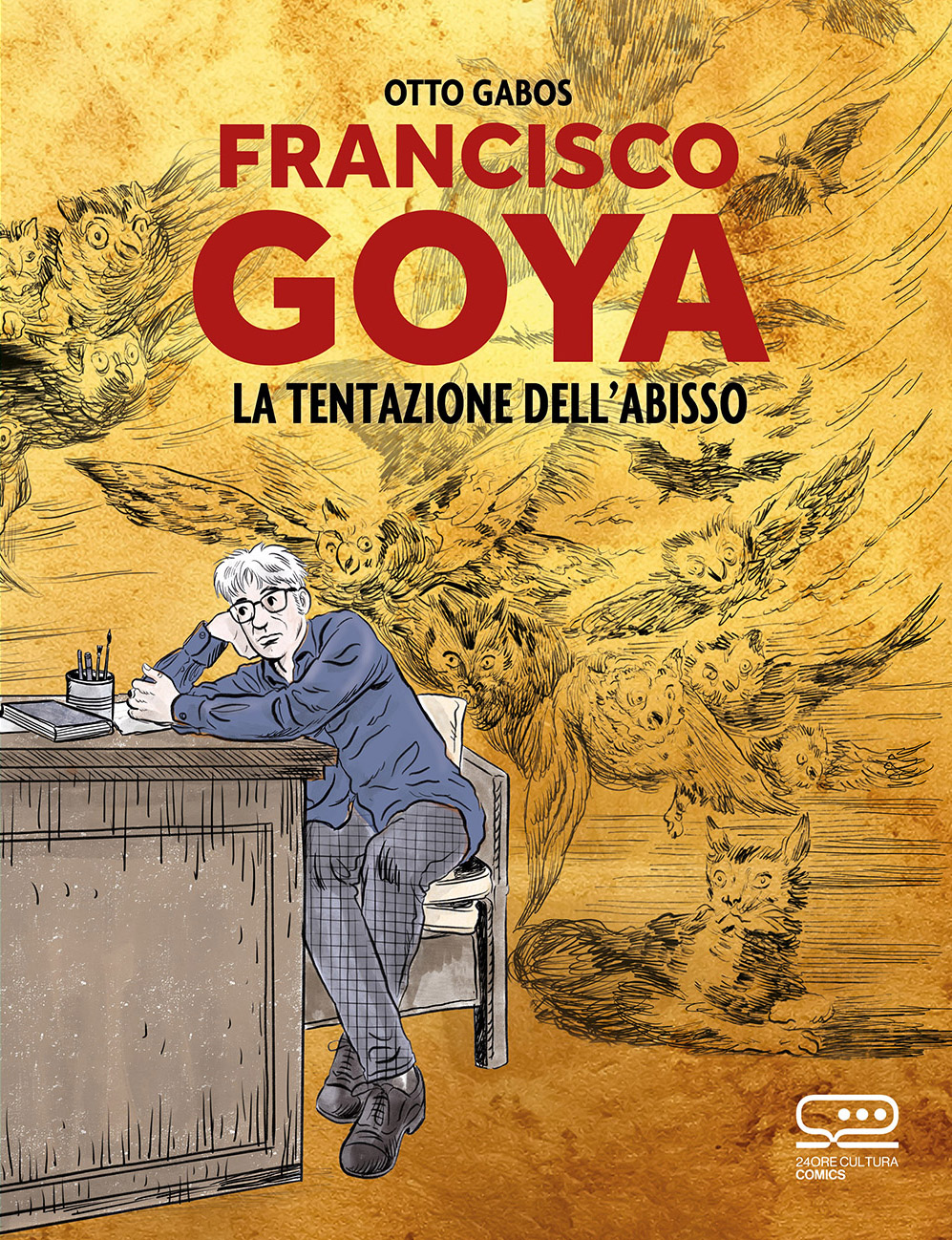
Francisco Goya. La tentazione dell’abisso
Otto Gabos
